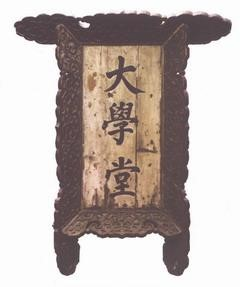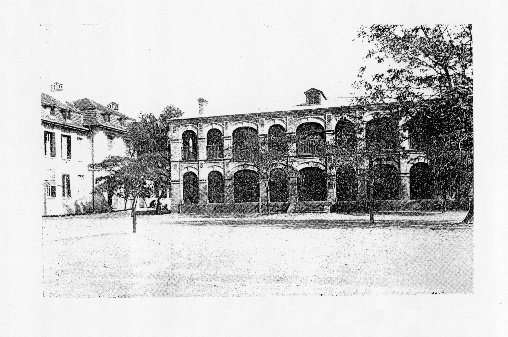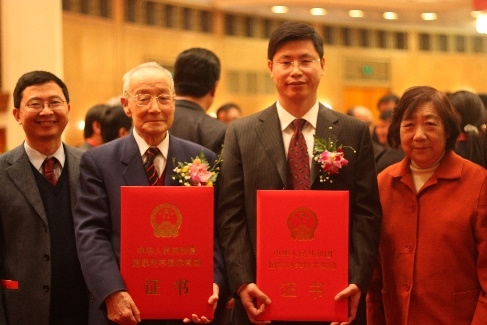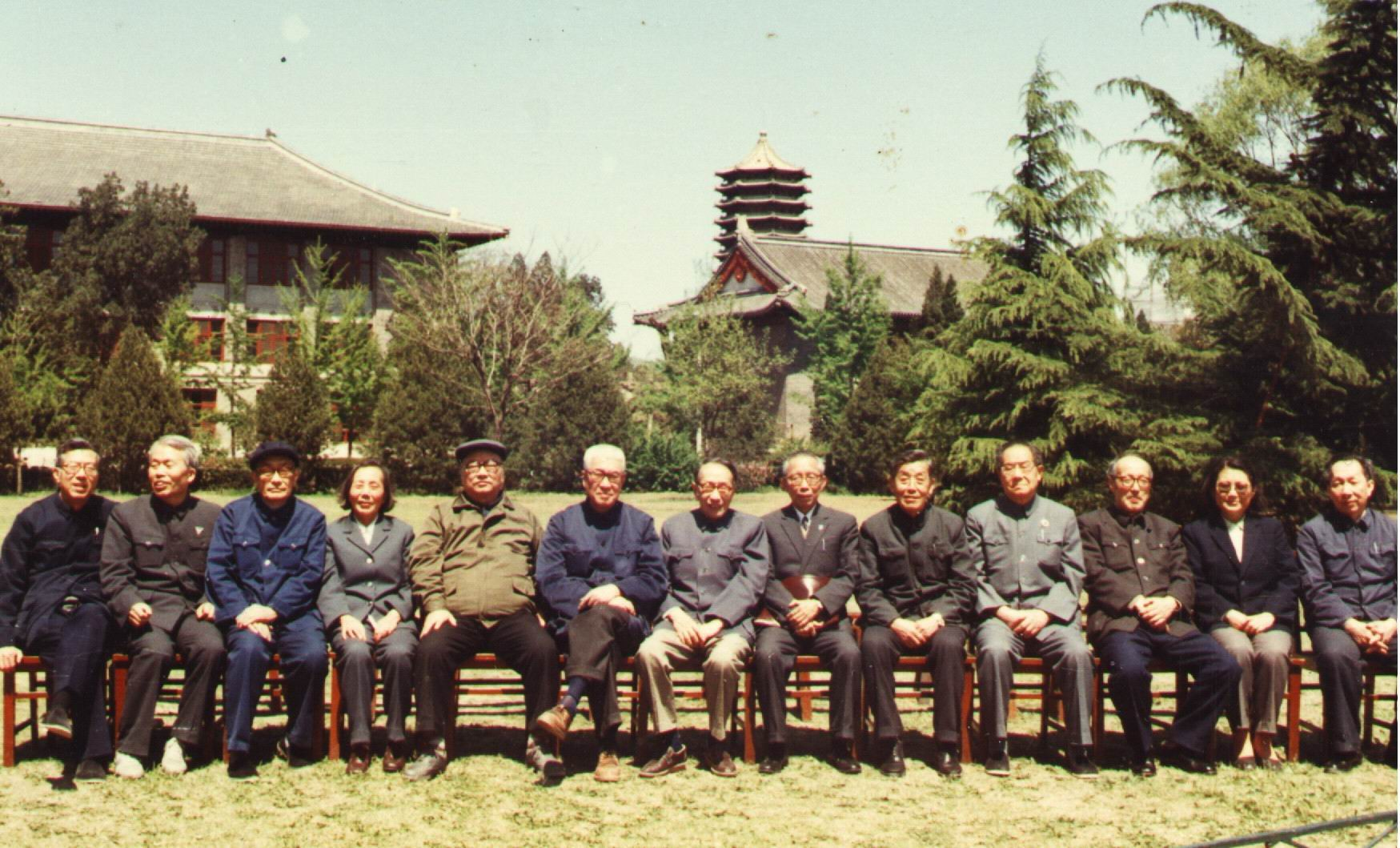The College of Chemistry and Molecular Engineering (CCME) at Peking University stands as a beacon of academic excellence, being the most venerable institution of its kind in China. Its roots stretch back to the Chemistry Division of the Imperial University of Peking, established in 1910, which evolved into the Department of Chemistry of Peking University in 1919. At that time, the Department had already introduced an extensive curriculum, offering 21 courses that spanned the diverse fields of chemistry. Staffed by a cadre of faculty with PhDs from prestigious European and American universities, the Department pioneered English-taught courses and research initiatives. This period marked the Department's first golden era, which was tragically interrupted by the onset of World War II and the Japanese invasion in 1937. During the war, Peking University, along with the Department of Chemistry, relocated to Kunming, Yunnan Province, where it formed a temporary alliance with Tsinghua University and Nankai University to create the National Southwestern Associated University. Despite the scarcity of resources, the faculty and students of the Department of Chemistry persevered, maintaining the core missions of education and research. Post-war, the Department returned to Beijing with Peking University in 1946.
In 1952, the Department of Chemistry underwent a significant reorganization, absorbing departments from Yenching University and Tsinghua University. This merger bolstered the Department's reputation, attracting many of the founding figures of modern Chinese chemistry, including Cheng’e Sun, Qiyi Xing, Guangxian Xu, Xiaoxia Gao, Ziqing Huang, Qinglian Zhang, Renyin Yan, Xinde Feng, Youqi Tang, Pang Zhang, and Qihe Zhu. Notably, Qiyi Xing's team achieved a landmark in 1965 with the world's first complete synthesis of crystalline bovine insulin, earning the First-class Prize of the National Natural Science Award in 1982. Qinglian Zhang's precise measurements of the relative atomic weights of 10 elements were adopted as the new standard by the International Commission on Atomic Weights in the 1990s. Youqi Tang's discovery of the spontaneous monolayer dispersion principle in the late 1970s led to the development of high-performance industrial adsorbents in the 1980s and 1990s, and the establishment of the world's largest air separation plant in southern China in 2007.
The Department of Chemistry was rechristened as the College of Chemistry and Molecular Engineering (CCME) in 1994. Today, CCME encompasses five academic departments, five research institutes, one experimental chemistry center, and one analytical instrumentation center. It also serves as the host for a constellation of premier research platforms, including one national laboratory, two state key laboratories, two Ministry of Education (MOE) key laboratories, and three interdisciplinary centers of PKU.
Throughout the past century, CCME has nurtured over 20,000 chemists, many of whom have gone on to hold distinguished positions such as Vice President of IUPAC, Members of the U.S. National Academy of Sciences, Director of the Chinese National Sciences Foundation, and Members of the Chinese Academy of Sciences and Chinese Academy of Engineering. Our alumni also include Presidents of the Chinese Academy of Sciences, Presidents of numerous Chinese Universities, and leaders in education, research, chemical industries, and business sectors worldwide. They have been honored with a multitude of prestigious awards, including the Presidential Early Career Award for Scientists and Engineers of the US and the Supreme Prize of National Science and Technology of China. CCME continues to drive forward the advancement of chemical education and research, not only in China but also globally.




